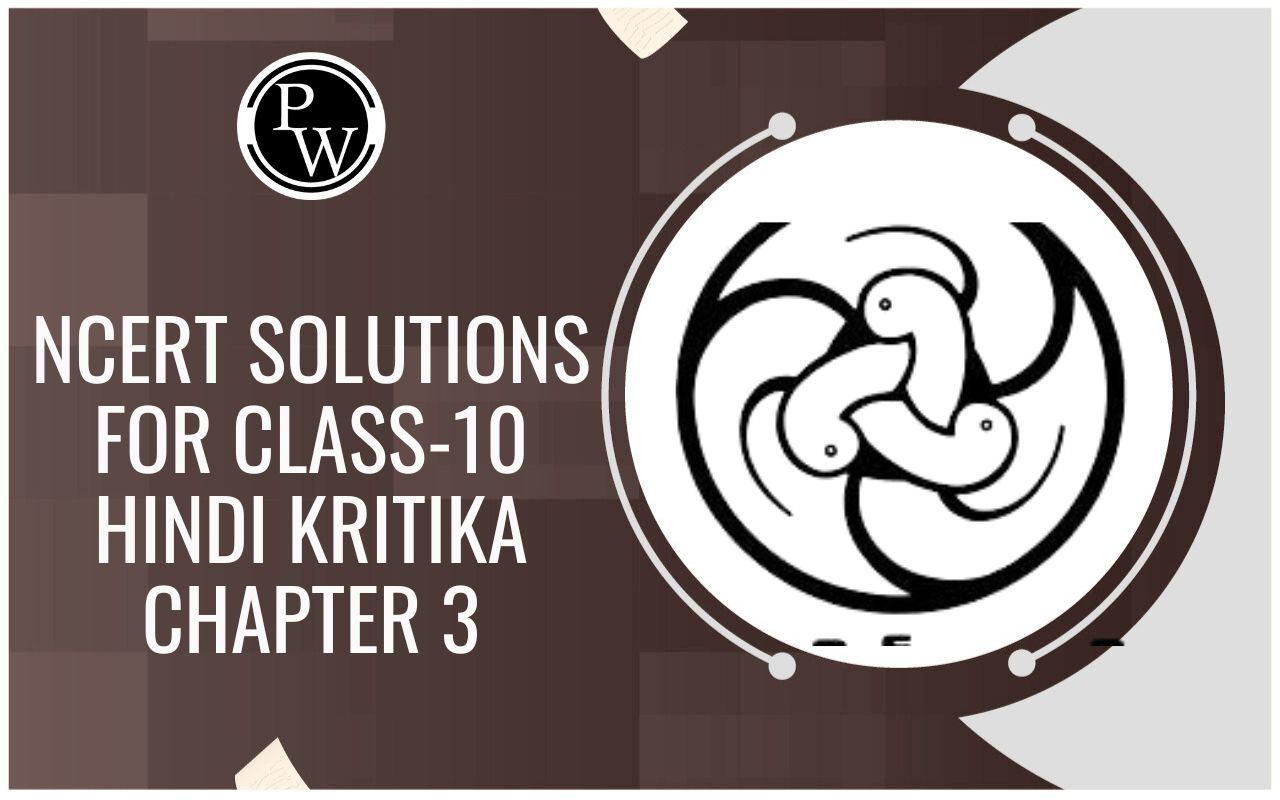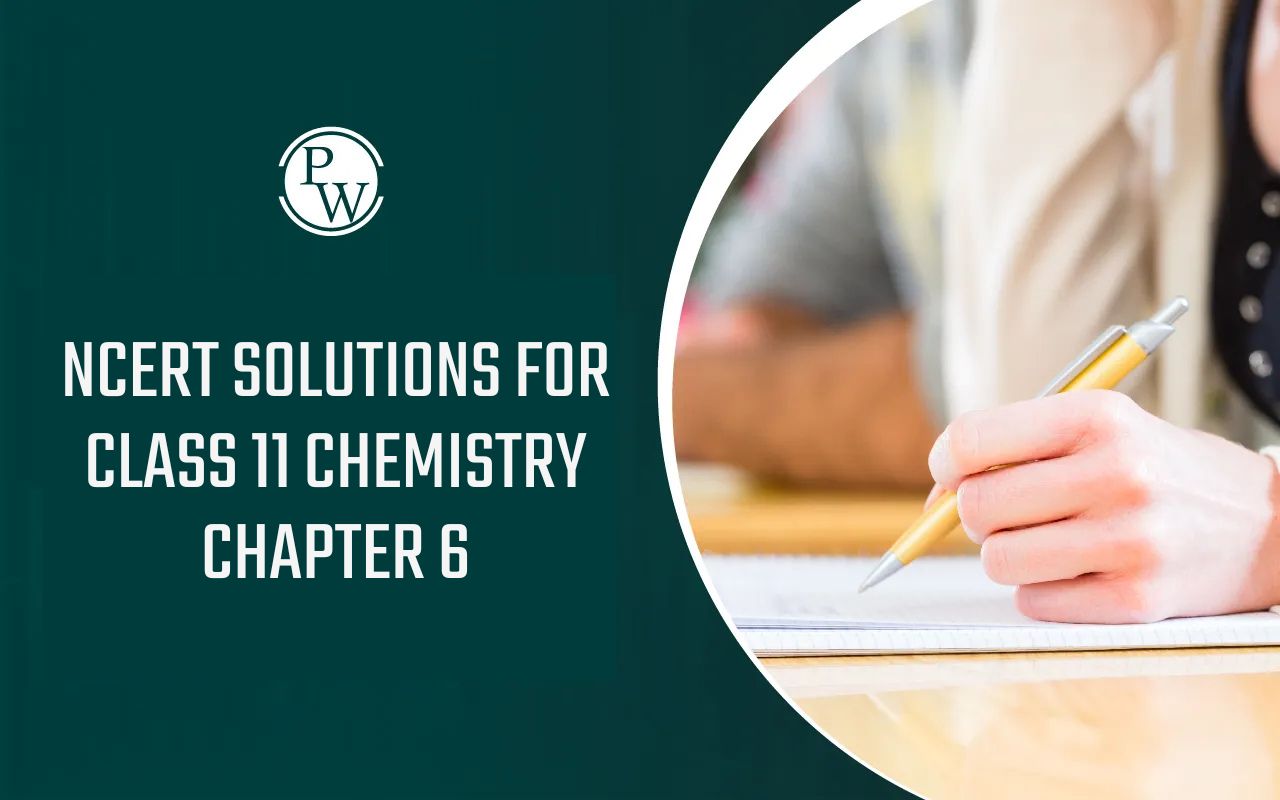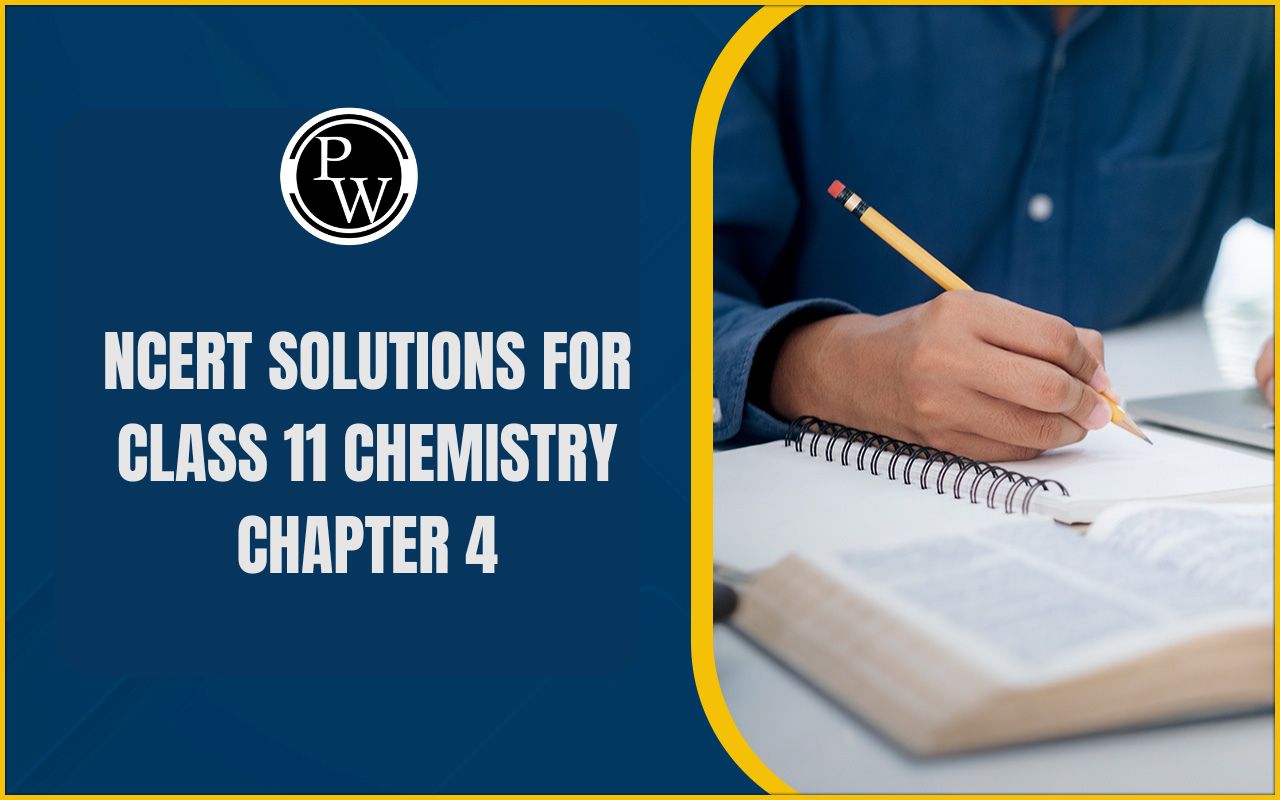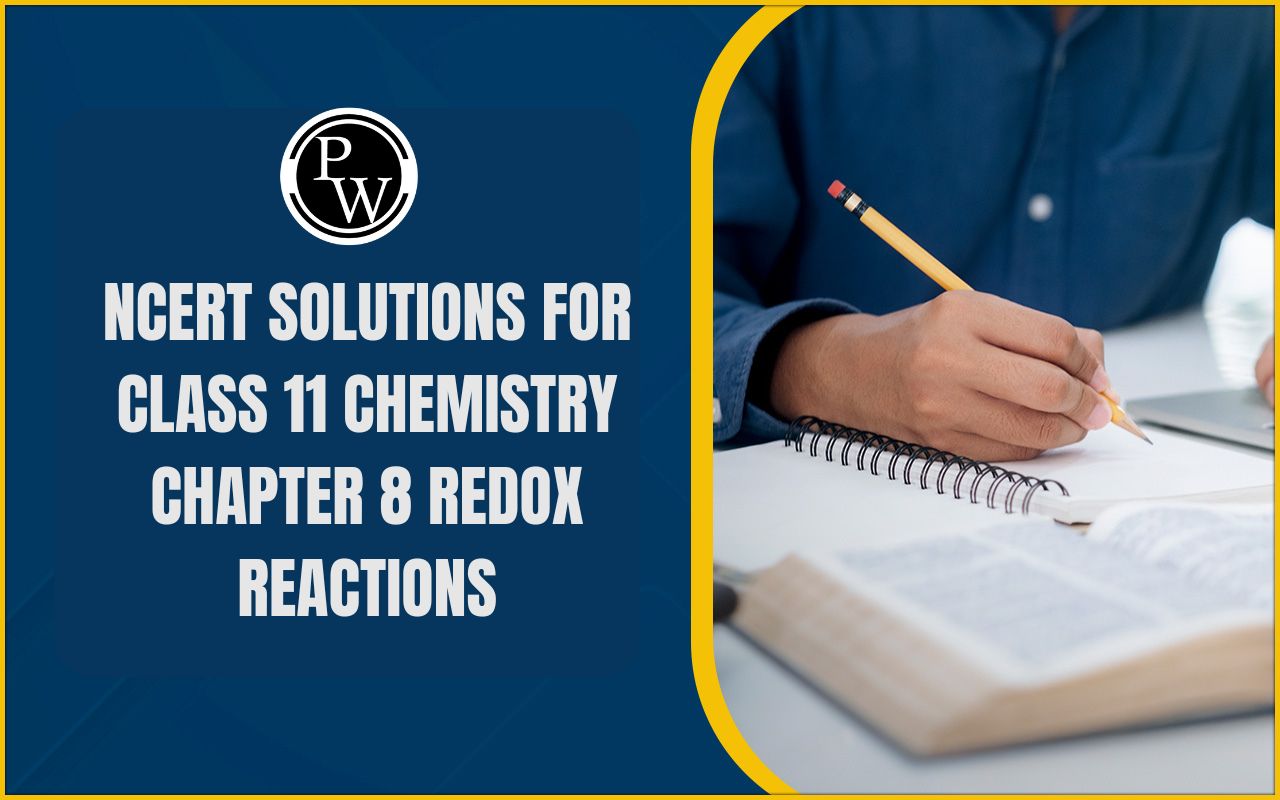
ICSE Worksheet for chapter-1 Period Table class 10
Worksheet For class 10
This page is prepared by the Academic team of Physics Wallah which consists of ICSE Board Worksheet for Class 10 Chemistry . Students of Class 10 Chemistry can get a free Worksheet for Class 10 Chemistry in PDF format prepared as per the newest syllabus and examination pattern in your schools.
Standard 10 students can practice questions and answers which are given here for Chemistry in Grade 10 that will help them to improve their knowledge of all important chapters and their topics. Students can also download free pdf of Class 10 Chemistry Notes prepared by teachers and solve important problems provided here with solutions on daily basis to get more scores in school exams and tests.
If any students need to take the online test to check their concepts or undertstanding then they can visit Chemistry Quiz for Class 10 .
Summary
- Early attempts made for classification of elements:
- Dobereiner’s law of triads.
- Newland’s law of octaves.
- Mendeleev’s classification
- Modern periodic law -by Moseley
- Salient features of the modern periodic table
- Periodic properties and the reason for periodicity in periods and groups
Physical Properties
- Atomic radius
- Ionization potential
- Electron affinity
- Electro negativity
- Metallic and non-metallic character
- Electropositive and electronegative character
- Density
- Melting and boiling point
Chemical Properties :
- Oxides
- Hydroxides
- Oxy-acids
- Hydrides
- Chlorides
Section - 1
Q1. Answer the following questions:
- Which period is the shortest one?
- In which period maximum number of elements is present?
- What is differentiating electron?
- An element with atomic number 20 belongs to which period and group.
- All the non-metals are placed at which place in the modern periodic table.
Q2. Give the name and the symbol of the elements which occupy the following positions in the periodic table :
- Period 4, group II A
- Period 2, group IIIA
- Period 3, group zero
- Period 2, group VI A
- Period 3, group IV A
Q3. A group of elements in the Periodic Table are given below (Boron is the first member of the group and Thallium is the last).
Boron, Aluminum, Gallium, Indium, Thallium
Answer the following questions in relation to the above group of elements:
- Which element has the most metallic character?
- Which element would be expected to have the highest electro-negativity?
- If the electronic configuration of Aluminum is 2, 8, 3, how many electrons are there in the outer shell of Thallium?
- The atomic number of Boron is 5.Write the chemical formula of the compound formed when Boron reacts with Chlorine.
- Will the elements in the group to the right of this Boron group be more metallic or less metallic in character? Justify your answer.
Section - 2
Q4. Two different elements A and B have atomic number 12 and 14 respectively, Write down:
- The electronic configuration of X and Y.
- The groups of Periodic Table to which they belong.
- The valency of each element.
- The formulae of their simplest chlorides.
- The explanation for the following:
- The chloride of one is a good conductor of electricity in molten state, while the other is not.
- Write the formula of the sulphate of the element with atomic number 13.
Q5. Chlorine, bromine and iodine elements were put in one group on the basis of the similar properties:
- What are those similar properties?
- What is the common name of this group or family?
Q6. Answer the following :
A boy has reported the radii of Cu, Cu + and Cu 2+ as 0.96A°, 1.22A° and 0.72A° respectively. However, it has been noticed that he interchanged the values by mistake. Assign correct values to different species.
Q7. Account for the difference in size of Na + (0.96A°) and Mg 2+ (0.65A°) both of which have the same number of electrons.
Q8. In group 1 of the Periodic table, three elements X, Y and Z have ionic radii 1.33A°, 0.95A°and 0.60A° respectively. Giving a reason arrange them in the order of increasing atomic numbers in the group.
Q9. For each of the following pairs, predict which one has greater ionization energy and greater electron affinity?
- I, I -
- B, C
- Li, Li +
Q10. Select the correct order of radii of three species : Ca, Ca + and Ca 2+ : Assign suitable reason.
- Ca > Ca + > Ca 2+
- Ca 2+ > Ca + > Ca
- Ca + > Ca > Ca 2+
- Ca + > Ca 2+ > Ca
Q11. The following question refer to the periodic table:
- Name the second last element of the period 3.
- How many elements are in the second periodic?
- Name the elements which has the highest electron affinity
- Name the element which has the highest electronegativity.
Fill in the blanks using the correct options:
- Metals have _____ ionisation potential,(low/high)
- Group 18 elements have ______ valence electons (4/8) with the exception of ____(He/Ne) with ____ electrons (2/8) in valence shell.
- Group 2 elements are called _____ metals (alkali/alkaline earth).
Q12. Name one:
- metal liquid at room temperature
- non-metal which is a conductor of electricity
- neutral oxide
- metallic oxide which cannot be reduced by hydrogen
- non-metal which has luster.
Answer the Following
- Name the chief ore of aluninium
- Name the process used to concentrate the above mentioned ore
- why is alumina added to cryolite in the electrolytic reduction of aluminium?
- Give cathode and anode reactions involved in extraction of aluminium from its above mentioned ore
- Name the process used for the concentration of zinc blende.
Q13. (a) Define the terms:
- ionization potential (also referred to as ionization energy)
- electronegativity.
Answer the Following
- How does ionization potential vary across the period represented by the elements sodium to argon?
- What change occurs in electronegativity going down the group of alkali metals from lithium to caesium?
- Describe the change in metallic character associated with moving
- across a period,
- down a group.
Short Answer
- During the nineteenth century many claims were made regarding the discovery of new elements. In the end there were more elements than spaces available in the Periodic Table. What unique feature of each element determines its position in the Periodic Table and assures us that no new element remains to be discovered?
- What feature of atomic structure accounts for the similarities in properties of the halogen?
Q14. (a) This question refers to group VII A or halogens of the Periodic Table.
- Name the four members of this group.
- State the colour of these elements
- What are the physical states of the elements?
- In which order the electronegativity decreases?
- In which order the reactivity decreases?
- How do the boiling point and melting point vary?
Q15. Answer the Following
- How does ionization potential vary across the period represented by the elements sodium to Argon?
- What changes occur in electronegativity going down the group of alkali metals from Lithium to Caesium?
- State the change in metallic character associated with moving
- across a period
- down the group
Q16. Answer the Following
- What are shells or energy levels? State the maximum number of electrons which the first four shells can have
- Chlorine has two isotopes 17 Cl 35 and 17 Cl 37 and its average atomic mass is taken as 35.5, why? Explain your answer
- There is a gradation in the physical properties of halogens (Cl 2 , Br 2 and I 2 ) in group VIIA of periodic Table. Explain this with reference to their.
- Colour
- Physical state
Q17. Answer the Following
- Name the members of halogen family
- Why are they called halogens?
- Among the members name which one (A) attacks glass (B) radioactive.
- State the group of halogen in periodic table
- What happens when (give balanced equations):
- A mixture of ethane and hydrogen is padded over nickel at 160 o C
- Ethene is heated at 400 o C under high pressure.
- A hydrocarbon contains 82.8% carbon and has a relative molecular mass of 58. Write its empirical formula and its molecular formula.
Q18. An element X belongs to group 17 and third period of the Periodic Table. Write the following:
- The number of valence electrons in its atom
- Its valency.
- Its metallic or non-metallic nature
- Its electronic configuration.
- Give the reaction between ammonia and oxygen in presence of heated platinum.
- Give the temperature of the hot platinum
- Complete the following table:
Q19. What is allotropy? Name three elements which exhibit allotropy?
Q20. The position of 3 elements A, B and C in the periodic table are shown below:
Group 16 Group 17
… …
… A
… …
B C
- State whether C is metal or non-metal
- State whether C is less or more reactive than A.
- Will C be smaller or larger in size than A
- What type of ion will be formed by element C
Q21. Some information about elements V, W, X, Y and Z is given below:
|
Element |
At. Weight |
At. Number |
Arrangement of Electrons |
|
V W X Y Z |
9 19 23 31 40 |
4 9 11 15 18 |
2,2 2,7 2,8,1 2,8,5 2,8,8 |
- Will the compound formed by W and X have ionic or molecular structure?
- Which element contains 22 neutrons in nucleus?
- Give the structure (electron-dot diagram) molecule W 2 between W and W.
- Which two elements can form ions with electronic configuration of noble gas neon. (Atomic No.10)?
- Which element can be described uncreative?
Q22. An element ‘P’ has configuration (2,8.18.1). Without identifying ‘P’:
- Predict the sign and charge on a sample of ion P.
- State whether you would expect the element P metal or non-metal..
- Write down the probable formula of chloride of P.
- Write down the probable formula of hydroxide of P.
Give one test each to distinguish between the following pairs of chemicals:
- Zinc nitrate solution and calcium nitrate solution.
- Sodium nitrate solution and sodium chloride solution
- Iron (III) chloride solution and copper chloride solution.
- Calculate the percentage of sodium in sodium aluminium fluoride (Na 3 AIF 6 ), correct to the nearest whole number (F=19;Na=23; Al=27).
- 560 ml of carbon monoxide is mixed with 500 ml of oxygen and ignited. The chemical equation for the reaction is as follows: 2CO+O 2 →2CO 2 calculate the volume of oxygen used and carbon dioxide formed in the above reaction.







